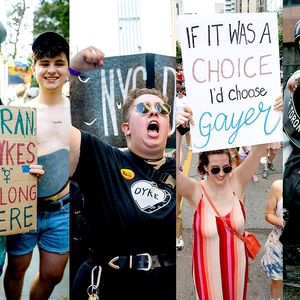According to the latest data from the Centers for Disease Control and Prevention, new HIV infections in the United States showed a promising decline of 12 from 2017 to 2021. Notably, the decrease was largely driven by a significant 34 percent decline in infections among 13- to 24-year-olds, particularly among gay and bisexual males.
Among young gay and bisexual males, who account for about 80 percent of new infections in this age group, annual HIV infections decreased from 9,300 in 2017 to 6,100 in 2021. This positive trend highlights the impact of improved HIV prevention efforts, including increased accessibility to HIV testing, treatment, and pre-exposure prophylaxis (PrEP) among this vulnerable population.
CDC Director Rochelle P. Walensky emphasized the progress made but stressed the need for accelerated and strengthened efforts to ensure equitable access to HIV prevention and treatment services. “Longstanding factors, such as systemic inequities, social and economic marginalization and residential segregation, however, stand between highly effective HIV treatment and prevention and people who could benefit from them,” she said. “Efforts must be accelerated and strengthened for progress to reach all groups faster and equitably.”
The decline in new HIV infections, however, was not evenly distributed across all racial and ethnic groups. The decrease was comparatively lower among young Black/African American and Hispanic/Latino gay and bisexual males, indicating persistent disparities in HIV prevention and treatment. These disparities reflect broader societal inequalities that impede progress in addressing the HIV epidemic.
While the CDC report highlighted an increase in the number of people prescribed PrEP for HIV prevention, reaching approximately 30 percent of the 1.2 million individuals who could benefit from it in 2021, disparities in prescription rates were observed among racial and ethnic groups. A relatively low proportion of Black and Hispanic/Latino individuals who could benefit from PrEP received prescriptions compared to their white counterparts.
The CDC data also revealed that the majority of new HIV infections in 2021 occurred among gay and bisexual men, with more than half of the infections among women affecting Black women. These statistics emphasize the ongoing need for comprehensive prevention strategies that reach all communities at risk.
To achieve the goal of ending the HIV epidemic in the United States, the CDC calls for increased investments in proven HIV prevention programs, expansion of HIV self-testing, and the incorporation of HIV services into various health care settings and emphasizes the importance of centering equity in all aspects of HIV prevention and treatment to ensure that interventions effectively reach those disproportionately affected by the virus.

















































































